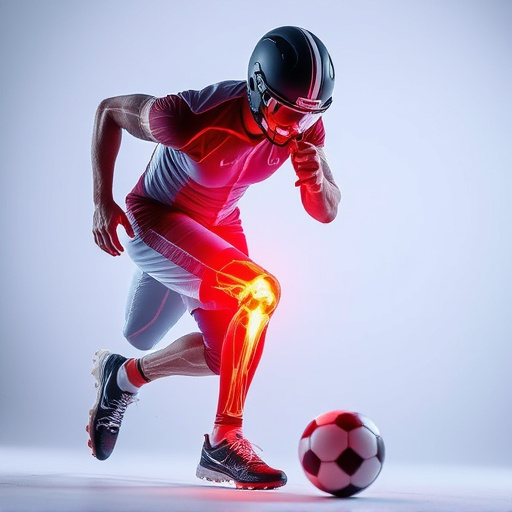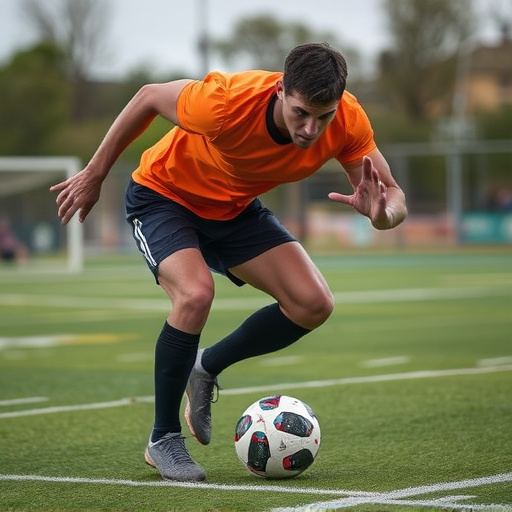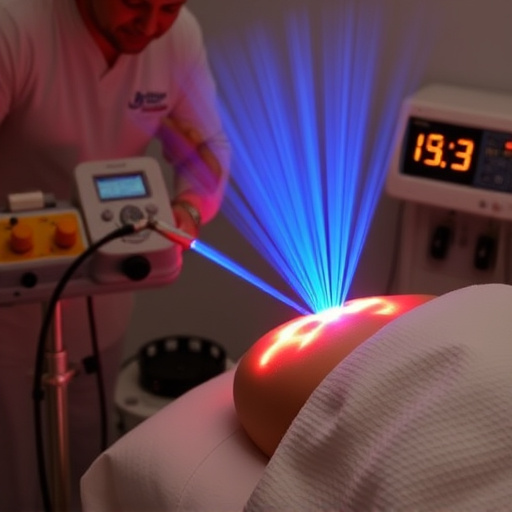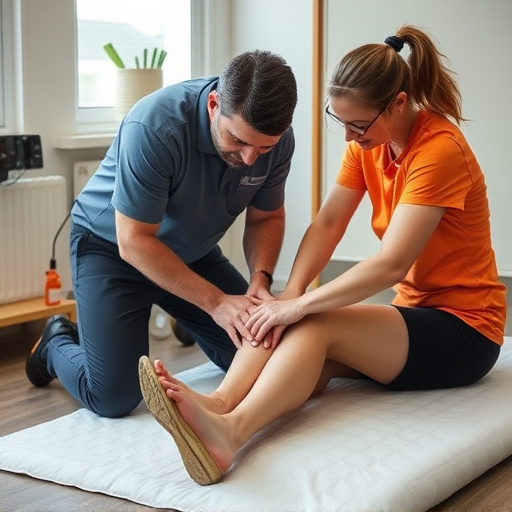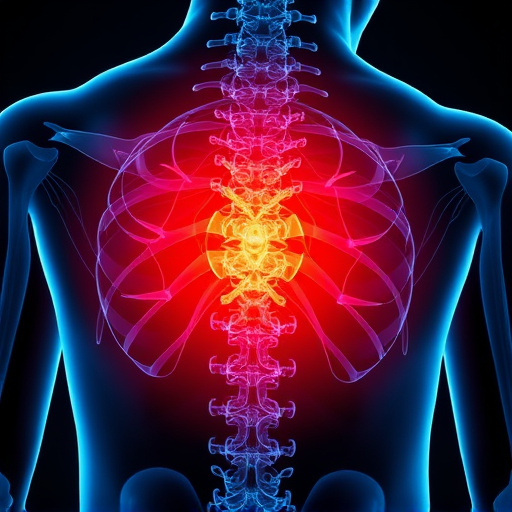Immediate care is critical for effective sports injury treatment. Athletic trainers assess severity and provide basic first aid, guiding recovery from common injuries like sprains and strains using RICE method. Serious conditions require prompt medical attention, with specialized treatments including physical therapy and advanced techniques for severe injuries. Prevention through structured routines, stretching, and conditioning minimizes risk of athletic ailments, focusing on overuse injury prevention and headache relief. Tailored treatment plans emphasizing RICE and targeted exercises ensure swift recovery and future injury avoidance.
Sports injuries can range from sprains to tears, requiring immediate and effective care. This article provides essential insights into navigating such injuries, guided by athletic trainers’ expertise. We’ll explore understanding immediate care for sports injuries, effective treatment strategies, and preventing/managing common athletic ailments. Discover proven tips for faster recovery and enhanced performance, tailored from the front-line of sports medicine.
- Understanding Immediate Care for Sports Injuries
- Effective Treatment Strategies Recommended by Trainers
- Preventing and Managing Common Athletic Ailments
Understanding Immediate Care for Sports Injuries

When a sports injury occurs, immediate care is crucial for effective sports injury treatment. The first steps should always involve assessing the severity of the injury and providing basic first aid. This might include stopping any activity, applying ice to reduce swelling, and using compression bandages or slings to support the affected area. It’s also important to monitor vital signs and ensure the athlete is in a stable condition before seeking further medical attention.
Athletic trainers play a vital role in guiding immediate care, especially for common sports injuries like sprains, strains, and contusions. They can offer advice on when to rest, how long to apply ice, and when to start gentle movement or physical therapy exercises. For more serious conditions, such as suspected fractures or severe sprains, prompt medical attention is essential. Additionally, athletes with recurring issues like sciatica or herniated disc treatment should seek professional evaluation to prevent further damage and guide proper injury rehabilitation.
Effective Treatment Strategies Recommended by Trainers
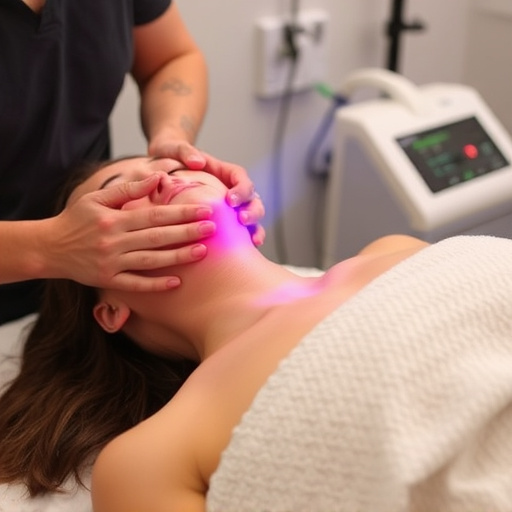
Effective Treatment Strategies Recommended by Trainers
Athletic trainers emphasize the importance of immediate action upon sustaining a sports injury to prevent further damage and expedite recovery. The initial step involves assessing the severity of the injury, which guides the subsequent treatment approach. For minor sprains or strains, rest, ice, compression, and elevation (RICE) is often recommended as a first aid measure to reduce swelling and pain. This simple yet effective strategy provides immediate relief and serves as a foundational step in sports injury treatment.
For more severe injuries, especially those involving fractures or significant joint pain, trainers suggest personalized treatment plans tailored to the specific injury. These plans may include physical therapy, specialized exercises, and advanced interventions like ultrasound or electrical stimulation for faster healing. The ultimate goal is to restore mobility, strengthen affected areas, and ultimately facilitate a safe return to sports while ensuring back pain relief or joint pain relief, as applicable.
Preventing and Managing Common Athletic Ailments
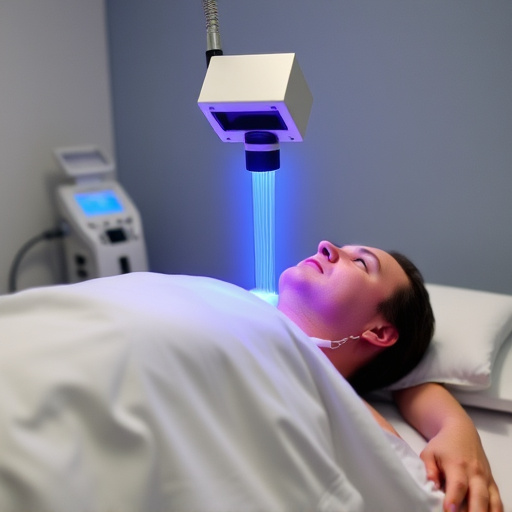
Preventing and managing common athletic ailments is a key aspect of sports injury treatment. Athletic trainers emphasize the importance of warm-up and cool-down routines, proper stretching, and balanced training to reduce the risk of injuries. Regular conditioning and strength training can also help athletes maintain optimal performance and minimize strain on joints and muscles.
By adopting proactive measures, athletes can significantly decrease their chances of experiencing acute or chronic pain, including headaches. Personalized treatment plans tailored by athletic trainers focus on addressing specific needs, whether it’s preventing overuse injuries or providing headache relief. Effective management techniques include rest, ice, compression, and elevation (RICE), along with targeted exercises and education to promote rapid recovery and prevent future incidents of sports-related injuries.
Sports injury treatment is a multifaceted approach that combines immediate care, evidence-based strategies, and proactive prevention. By understanding the importance of each step—from recognizing symptoms to implementing recovery techniques—athletes can effectively manage and minimize the impact of injuries. Following the guidance from athletic trainers, who specialize in sports medicine, ensures a comprehensive approach to sports injury treatment, enabling athletes to return to their active lifestyles safely and sooner.








